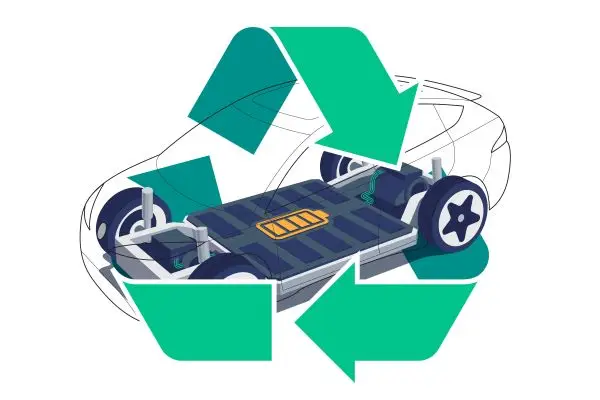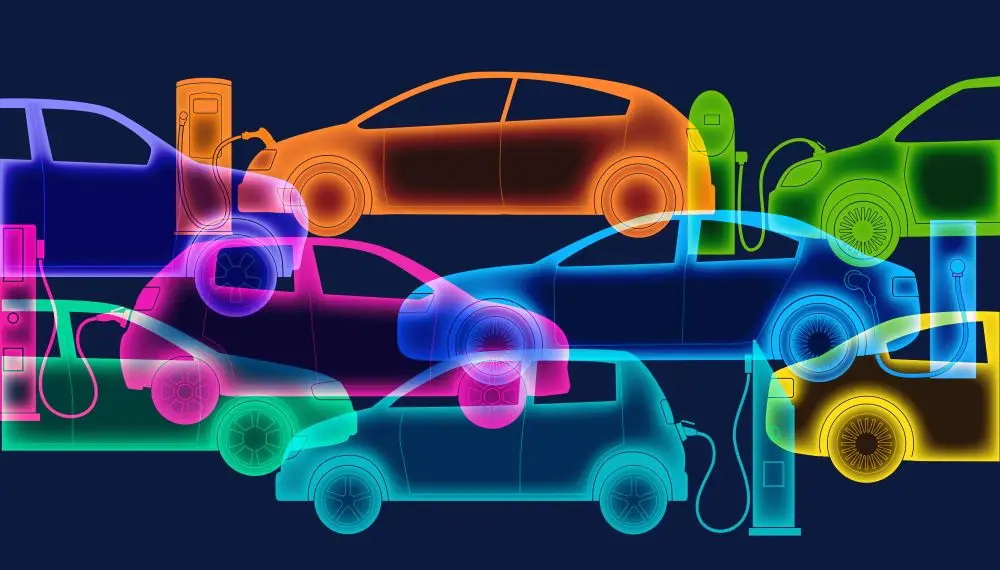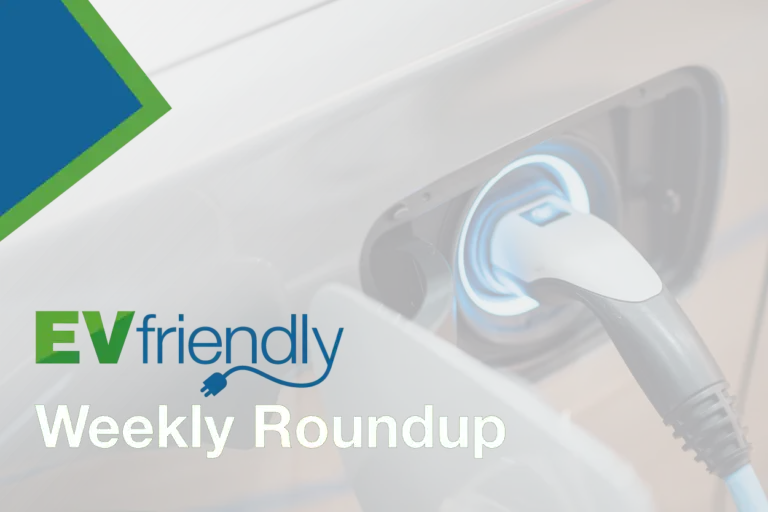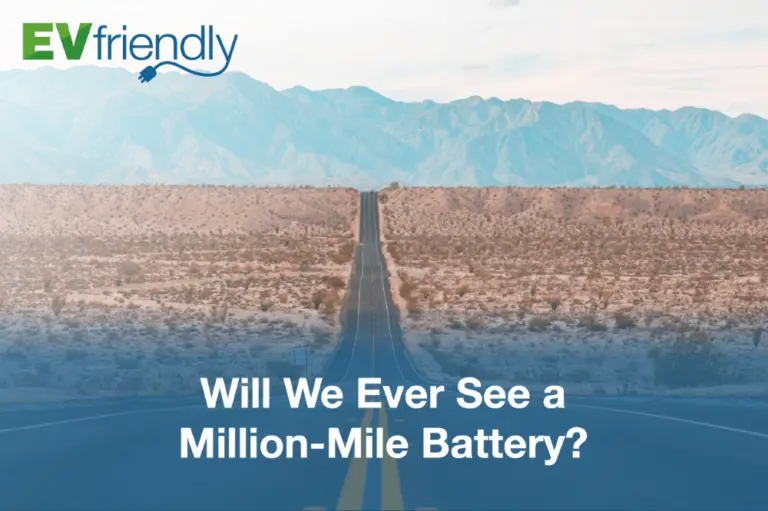There are looming questions concerning the viability of today’s electric vehicles as they age.
Dismantling, selling, and disposing unwanted batteries from electric vehicles is nothing new for vehicle dismantlers and recyclers. We have been dealing with them for over 20 years now. But these have mostly been from older electric hybrid vehicles such as the Toyota Prius, which utilize a Nickel Metal Hydride (NiMH) battery chemistry. Today’s pure electric vehicle batteries (e.g., Tesla and Nissan Leaf) are lithium-ion (Li-ion) and pose an entirely different set of challenges for the industry.
Older NiMH batteries differ from the newer Li-ion batteries in many ways. First and foremost, is the increased risk from fire, electrocution, and other environmental hazards. The latest Li-ion batteries have higher voltage with a higher energy density; they weigh more than the older hybrid NiMH batteries, and it takes awareness, training, and established safety protocols to safely remove and store them. Secondly, Li-ion battery chemistry is relatively new, and as with any new technology, its future is uncertain, especially as it pertains to its longevity and sustainability.
Vehicle dismantlers and the aftermarket sector in general typically lags when it comes to servicing new vehicle technology. New technology takes a while to become fully included in the latest models, and new vehicles are covered under manufacturer warranty for at least the first few years. Training and access to repair information is also a concern for the aftermarket sector.
Initial encounters with servicing new vehicles come primarily by way of accidents and insurance write-offs. This was the case with the early hybrid models such as the Toyota Prius. As these vehicles grew in popularity and were involved in accidents, there was a high demand for used parts (e.g., batteries). There were also options for disposing of the batteries through a recycler, core buyers, or through Toyota’s battery take-back program. This is still the case, but the market has since softened, and now dismantlers are reporting difficulties with disposing these batteries, and they are piling up on warehouse shelves.
The problem above becomes even more pronounced the more a vehicle ages. If there is no parts yield left for these vehicles, the dismantlers are not interested in buying them. Their value plummets to their scrap metal value. There may be little value even in recovering materials from the battery—especially if the extraction process is more costly than mining new materials. We are already seeing abandoned Priuses left on the side of the road waiting for a tow truck or scrap hauler to take them to the nearest metal shredder.
We do not know the exact number of batteries out there, or methods for their disposal, and there is no tracking system in place for them. The Automotive Retailers Association (ARA) and the Automotive Recyclers of Canada (ARC) have both conducted surveys, and the ARA has conducted an analysis of EV salvage sales and exports in B.C. While these survey findings do not account for 100% of all vehicles on the road, we can conclude that there are sufficient numbers of recyclers without a means of properly disposing of them.
We are not at this point with Li-ion batteries, yet. They are only now starting to appear at recycling facilities, and there is currently sufficient demand for them that unless they are significantly damaged, a dismantler should have no problem selling them. There are different buyers for these batteries. One potential sales stream for Nissan Leaf batteries is to upgrade older models that have a battery state of health that has degraded to below 60% or 70%. With the Leaf anyway, you can swap in a battery from a newer model (a salvaged one) with a better state of health, replacing the older battery. This will sustain the useful life of the vehicle for perhaps another 8–10 years. But this is still a costly venture for the consumer, and it remains to be seen whether it will be practical given that the addition of the newer battery will not necessarily increase the value of the vehicle.

And there are other potential customers for used EV Li-ion batteries. While a battery that drops below an 80% state of health may not be practical for most EV owners (given its reduced range), it can still serve as an energy storage for solar or wind. It is now in vogue for those with summer cabins to switch to powering their homes with solar panels and to purchase a used Li-ion battery from a vehicle dismantler to store the energy during those times when the sun is not shining. There are also commercial companies emerging, like Moment Energy in BC and Ontario, that build large scale commercial batteries from end-of-life EV batteries. But this is still a problematic market for vehicle dismantlers, as there is no standardized grading in place, and buying a used EV battery from a dismantler is basically buying a black box. It is much more advantageous for companies like Moment Energy to purchase used EVs from dealers such as Nissan.
Finally, there are repair and remanufacturing options. But these have not yet emerged in North America on any significant scale, and only a handful of service technicians are able or willing to repair a battery. This is due to a host of factors, including but not limited to access and/or cost of repair information, as well as the cost of vehicle-specific diagnostic tools. These things may all be possible in the future, but for now they remain limited and questionable.
This, then, is the crux of the problem. If there is no viable long-term sustainable market for used EV batteries, then what will happen to them? There is recycling, which is always the ultimate destination for a product. Recycling in this context means breaking a product down to its essential elements and then reintroducing those materials into the production of a new product. However, the ideal way to manage the lifecycle of the products we consume is through the 5Rs—reduce, reuse, remanufacture, repair, and then recycle. Not all products follow this principle, and many go straight from consumption to recycling. This may become the case for EV batteries, but there are real problems with this. First, recycling all EV batteries may be cost effective for years. This will mean a large part of the cost of disposing of them will be transferred to consumers and to industry. A second problem with not having a viable used battery infrastructure is it can incentivize the export of EV batteries to other parts of the world where labor costs will be considerably cheaper.
There are a couple of initiatives currently underway to help with this dilemma, but if not executed properly, these efforts will only exacerbate the problems. One initiative is to extend producer responsibility, or EPR. EPR effectively transfers responsibility of a product’s end-of-life disposal away from taxpayers to the manufacturer. EPR programs come under provincial jurisdiction. In B.C., EPR regulations require a producer to submit a plan for managing their end-of-life products and must take into consideration the 5R hierarchy. However, as with any plan, the devil is always in the details. In B.C., EV batteries will come under EPR beginning in 2024 with a full plan to be implemented by 2026. But B.C. will be introducing a phased EPR approach for managing EV batteries, beginning with the older NiMH batteries, which are currently the problem. There is no scheduled date for Li-ion batteries under an EPR framework.
Manufacturers typically do not like EPR and do not want to take responsibility for the end-of-life management of their products. This is for a variety of reasons, one being it will add to the initial purchase price of the product. EVs are already expensive enough. They argue as well that their liability should end if the product has been tampered with. For EV batteries, this would entail any unauthorized repair or modification to the battery. This will bring things such as remanufacturing, repair, or modifications into question, with those industries potentially left to submit their own EPR plans. As an alternative, they are proposing a back-stop program whereby any dismantler or recycler that has an unwanted battery can contact the manufacturer directly to pick up the battery from the recycler free of charge. However, it is ‘free of charge’ that becomes problematic from a pollution prevention standpoint. There are costs associated with processing an end-of-life vehicle, and effectively the so-called back-stop proposal transfers some of that cost for the disposal of the battery onto the recycler.
The back-stop proposal is currently being tested in the province of Quebec. While it may be helpful in ameliorating the disposal of EV batteries, it is only solving one problem. It is up to each manufacturer to determine which batteries it will or will not accept. Batteries that have been burned, modified, or where the casings have been opened may be deemed to be outside the scope of the program and ineligible for pickup. Moreover, we know as vehicles age, they are no longer viable for dismantlers to bid on. Their only value then is whatever scrap metal is worth. Often these vehicles are left abandoned on the side of the road where towers are expected to remove them. If there is no value or the costs to dispose of them is too high, they will be forced to leave them, and it will become the problem of the municipality or the provincial government.
For now, these situations remain hypothetical, and there are still many unanswered questions. But as the uptake of new EVs increases, it is only a matter of time before these become critical problems. We need to begin acting on this now rather than later before it is too late. The ARA is doing what it can to provide answers to these questions and to work with industry to help prepare it for the challenges that lie ahead. We have been grateful for the support from our provincial government but much more is required.






